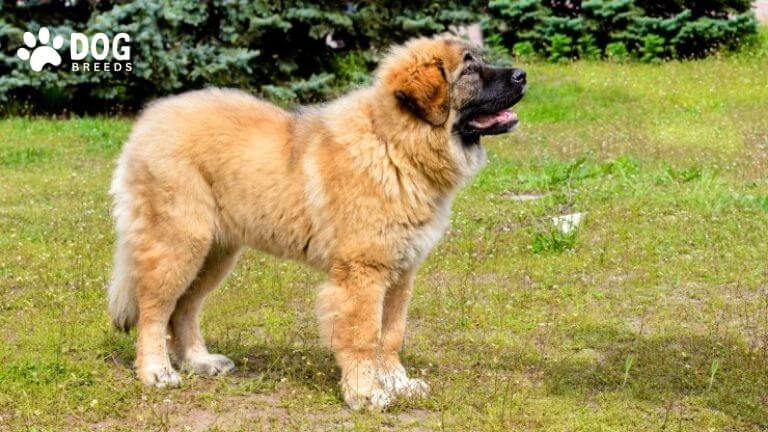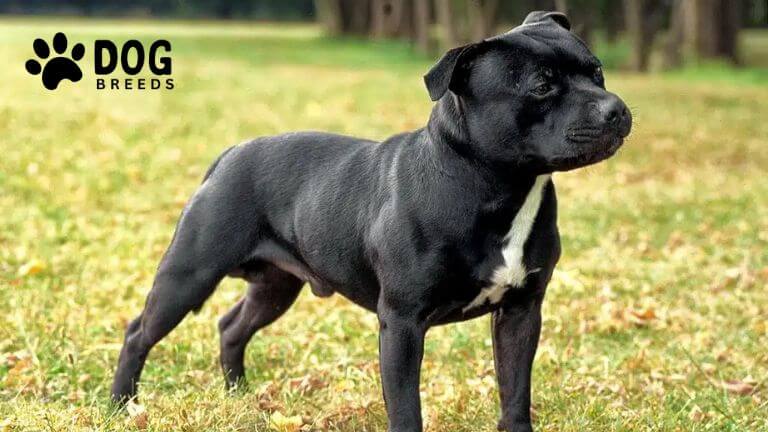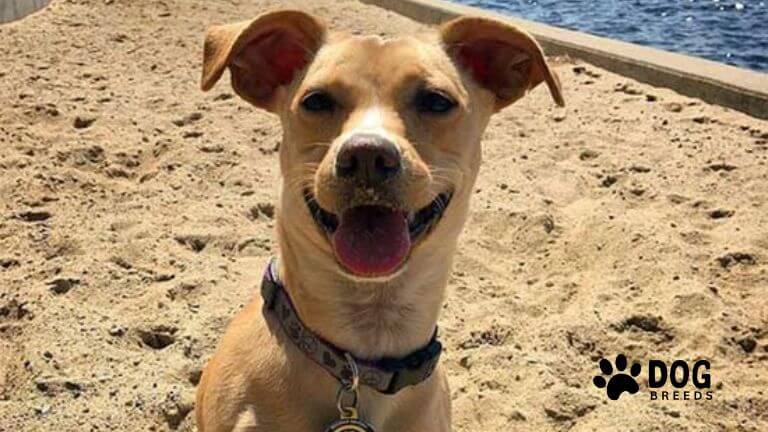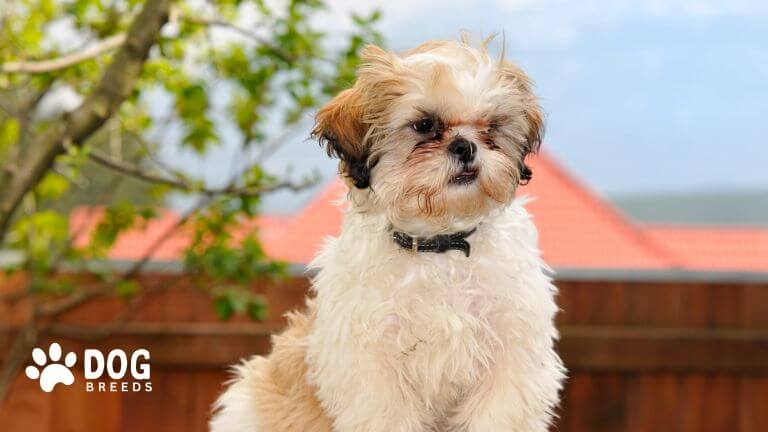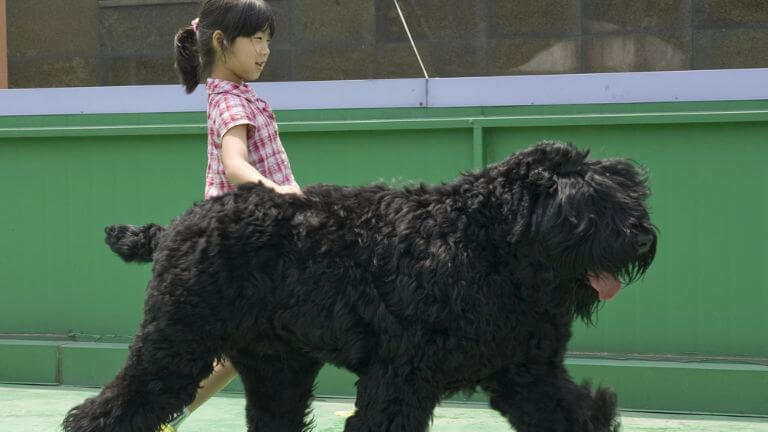Greyhound Dog Breed: Traits, Care, and Adoption Guide
Greyhounds are one of the oldest and most iconic dog breeds, known for their speed, elegance, and gentle demeanor. This guide provides a detailed overview of their history, characteristics, care needs, and more to help pet enthusiasts and potential owners make informed decisions.
History of the Greyhound
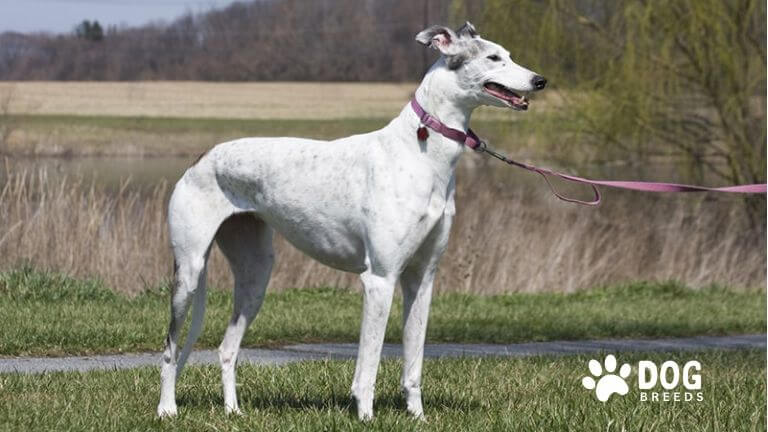
- Greyhounds are believed to have originated over 5,000 years ago, with depictions in ancient Egyptian tomb paintings.
- They were historically bred as hunting dogs, specializing in pursuing large game like stag, boar, and hare.
- Over time, their role shifted from hunters to companions, and they became popular in royal courts across Europe.
Physical Characteristics
- Size: Greyhounds are large dogs, standing 27–30 inches tall and weighing 60–70 pounds.
- Build: They are slender and muscular, designed for speed and agility.
- Coat: Their short, smooth coat comes in various colors, including black, white, fawn, and brindle.
- Unique Trait: Greyhounds are the fastest dog breed, capable of reaching speeds up to 40 mph.
Personality Traits
- Greyhounds are independent yet affectionate. They bond well with families and are gentle with children.
- Their calm and relaxed nature makes them great companions, especially for first-time dog owners.
- They are not aggressive but may exhibit a strong prey drive due to their hunting ancestry.
Care Needs
Exercise Requirements
- Greyhounds need daily exercise to stay healthy. A brisk walk or playtime in a secure, fenced area is ideal.
- Despite their speed, they are sprinters, not endurance runners. They enjoy lounging indoors after short bursts of activity.
Grooming Tips
- Their short coat requires minimal grooming. Weekly brushing helps remove loose hair and maintain their coat’s shine.
- Regular nail trimming, ear cleaning, and dental care are essential.
Diet and Nutrition
- A balanced diet with high-quality protein is important for maintaining a lean physique.
- Monitor their portions to prevent overfeeding, as they are prone to obesity if inactive.
Health Considerations
- Common Health Issues:
- Bloat (Gastric Dilatation-Volvulus): A life-threatening condition common in deep-chested breeds. Feed smaller, frequent meals to reduce risk.
- Arthritis: Greyhounds may develop joint issues due to their size and activity level.
- Heart Conditions: Some Greyhounds are prone to cardiac diseases like dilated cardiomyopathy.
- Veterinary Care: Routine checkups are essential for early detection and management of health concerns.
Training and Socialization
- Greyhounds are intelligent but may be independent, requiring patience during training.
- Positive reinforcement works best. Socializing them early helps curb their prey drive and ensures good behavior in public.
Adopting a Greyhound
- Many Greyhounds retire from racing and need loving homes. Adoption provides these gentle dogs with a second chance at a happy life.
- Organizations like the Greyhound Adoption League and local shelters specialize in Greyhound adoptions.
Conclusion
Consider adopting a Greyhound and providing a loving home for this unique and affectionate breed. Visit local shelters or reputable adoption organizations to learn more. For detailed care tips, continue your research or consult a trusted veterinarian.
FAQs
Are Greyhounds good with children?
Yes, Greyhounds are gentle and patient, making them excellent companions for families with children.
Can Greyhounds live in apartments?
Yes, their calm indoor demeanor suits apartment living as long as they get regular exercise.
Do Greyhounds require a lot of maintenance?
No, their grooming needs are minimal, but they do require daily exercise and routine care.
Is a Greyhound a friendly dog?
Yes, Greyhounds are known for their gentle and friendly nature. They are affectionate with family members, including children, and are generally calm around strangers. Their temperament makes them great companions for families and individuals alike.
Is Greyhound the fastest dog?
Yes, Greyhounds are the fastest dog breed, capable of reaching speeds up to 40–45 mph. Their slender, muscular build and long legs are designed for sprinting, making them exceptional racers.
Are Greyhounds active or lazy?
Greyhounds are often described as “45 mph couch potatoes.” While they enjoy short bursts of high-energy activity, such as running or playing, they are typically calm and relaxed indoors, preferring to lounge for much of the day.
Are Greyhound dogs Italian?
No, Greyhounds are not specifically Italian. They originated in ancient Egypt and later became popular in Europe. However, a smaller, related breed called the Italian Greyhound does have origins in Italy.
Are Greyhounds aggressive?
No, Greyhounds are not naturally aggressive. They are one of the gentlest breeds, known for their calm and non-confrontational demeanor. However, their prey drive can lead to chasing smaller animals, which is instinctual rather than aggressive behavior.
What are the weaknesses of a Greyhound?
- Health Issues: Greyhounds are prone to bloat, arthritis, and heart conditions.
- Prey Drive: Their instinct to chase can pose challenges around small animals.
- Sensitivity: They have thin skin and are sensitive to extreme temperatures, requiring protection in cold weather.
What is the strongest dog?
The Kangal Shepherd Dog is often considered the strongest dog due to its bite force, which measures around 743 PSI (pounds per square inch). This breed is known for its protective instincts and strength.
Is Usain Bolt faster than a Greyhound?
No, a Greyhound is faster than Usain Bolt. Bolt’s top speed is approximately 27 mph, while a Greyhound can reach speeds of up to 45 mph, making them significantly quicker over short distances.
What is the smartest dog?
The Border Collie is widely regarded as the smartest dog breed. It excels in obedience, agility, and problem-solving tasks, making it a favorite among trainers and pet owners.
Do Greyhound dogs smell?
No, Greyhounds are known for having little to no “doggy odor.” Their short coat and lack of oily skin contribute to their cleanliness and minimal smell.
Can Greyhounds bark?
Yes, Greyhounds can bark, but they are not typically noisy dogs. They are generally quiet and may bark occasionally, such as when excited or alerting their owners.
Are Greyhounds OK alone?
Greyhounds can handle being alone for a few hours, but they thrive on companionship. Extended periods of isolation may lead to separation anxiety. If leaving them alone, ensure they have toys or activities to keep them occupied.
- Why Are Dalmatians Not Popular? Uncovering the Truth Behind the Rarity of This Iconic Breed - April 16, 2025
- Top 15 Chinese Dog Breeds: Discover the Best Dogs from China - April 14, 2025
- Dalmatian Dog Breed: History, Care, Personality & Health - April 3, 2025


